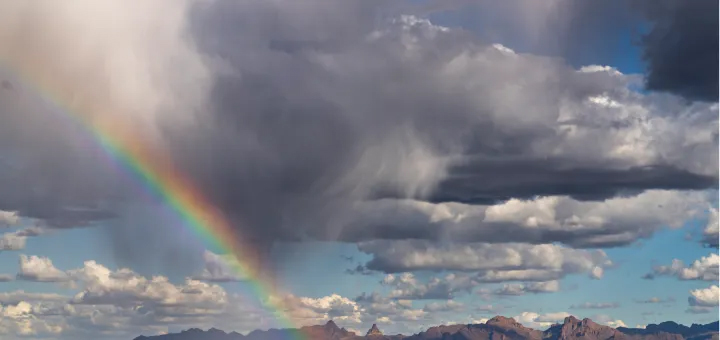Growing up I spent summers with my maternal grandmother, Grandma Takatani, either at her home in rural Hawai’i, or on a road trip on the mainland. As she was legally blind, I did not consider the irony of her “seeing” America. My parents would pile us into the car and take us to explore the treasures of the nation, our public lands. In a classic touristic gesture, we would set forth in an old camper.
We visited “feats of human engineering”—dams, bridges and buildings—on our way to admire “feats of nature” such as Yellowstone, Yosemite, and Niagara Falls. Miles of open space lay between our excursions. I watched the landscape pass by outside the window, wanting to stop and explore. But as we were always headed for a destination, there was never enough time. This created in me a longing to return.
My lived experience as a person of multiracial identity leads to my ongoing engagement with place and belonging. From elementary school to graduate studies, I often could not find myself in the history I was taught, the artwork I saw, or the archives I studied. The desire to repair the feeling of being outside official histories and search for a sense of belonging has ultimately defined my creative practice and shaped my scholarly research.
Reflecting on the “treasures of the nation,” what does it mean to physically traverse land as an immigrant, as a visitor in a place now considered home? My project These Grand Places arguably began during my graduate studies as an investigation into the construct of identifying land as “ours.” Photography, as an invention and tool, played a significant role in Manifest Destiny, in hegemonic narratives of how the nation was made, identified, and “conquered.” From early photographs made for the United States Geological Survey to privately funded expeditions in search of resources, photography is linked to the settlement, colonization, exploitation and ethnic genocide of the American landscape. In thinking of grand places, what is the criteria for magnificence and for whom do we protect and preserve? Is this notion a colonial construct?

